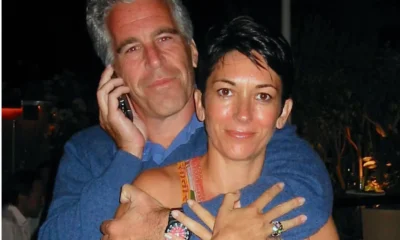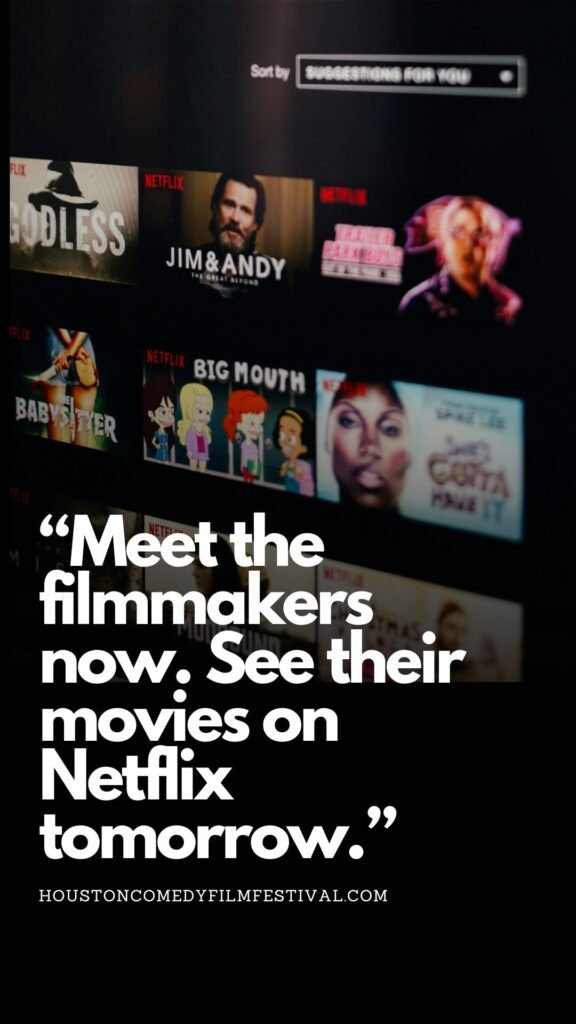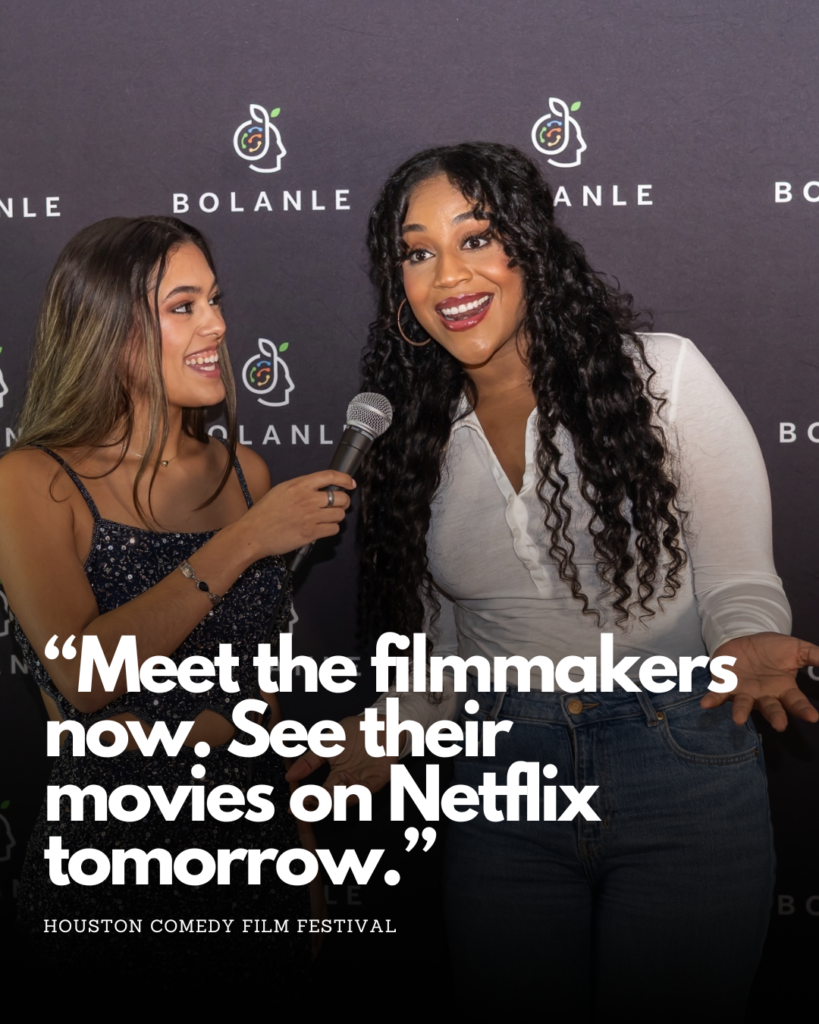News
No More Automatic Green Cards through Marriage

Marrying a U.S. citizen has never automatically triggered a green card, but in 2025, the U.S. government has taken unprecedented steps to make the marriage-based residency process much stricter. If you’re considering this path, it’s critical to understand the significant changes and heightened scrutiny now shaping the journey from “I do” to permanent residency.

Increased Scrutiny on Marriage Fraud
The core reason for these changes is the government’s ongoing battle against immigration fraud. According to U.S. Citizenship and Immigration Services (USCIS), fake marriages remain one of the most common — and most aggressively prosecuted — forms of immigration fraud. This year, agencies have made clear that only genuine, legally recognized marriages will clear the hurdles for lawful permanent resident (green card) status. Sham marriages, or those arranged for immigration benefits rather than a bona fide relationship, are targeted for detailed investigation and potential deportation.
Step-by-Step: The Marriage-Based Green Card Process in 2025
- No More “Automatic” Green Cards
- Marrying a U.S. citizen is only the first step. You must apply for a green card through a legal process that now requires extensive evidence your relationship is real and ongoing.
- Form and Filing Changes
- In 2025, USCIS strictly enforces new editions of application forms — for adjustment of status (Form I-485), fiancé visas (Form I-129F), and petitions for relatives (Form I-130). Submitting even a single outdated page can trigger outright rejection, costing precious time and money.
- Evidence Requirements Have Tightened
- Officials now demand clear, comprehensive proof of a genuine marital relationship. Examples include:
- Joint bank accounts and tax returns
- Shared leases, mortgages, or utility bills
- Records of travel together
- Messages, photos, and affidavits from friends/family
- Simple wedding photos are no longer enough; fraud detection officers receive specialized training to spot faked documents and inconsistencies.
- Officials now demand clear, comprehensive proof of a genuine marital relationship. Examples include:
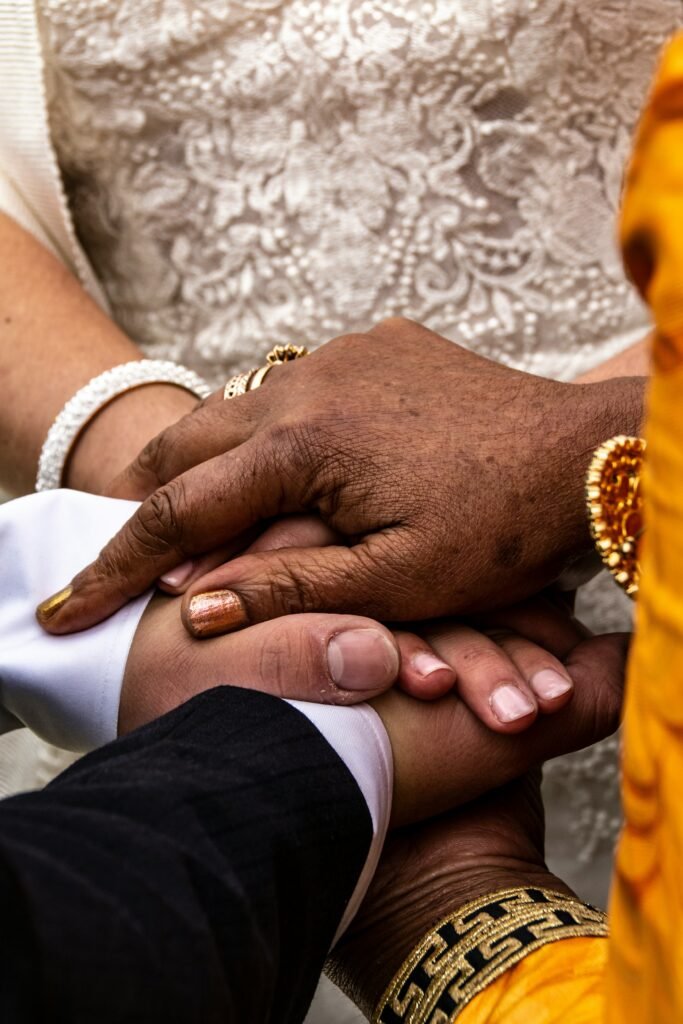
- Conditional Green Card—Not Permanent Right Away
- If your marriage is less than 2 years old at the time of approval, you’ll be issued a conditional green card(“CR1”).
- This allows you to live and work in the U.S. for 2 years, but it is a probationary period. Within the 90 days before the card expires, you and your spouse must jointly petition (Form I-751) to remove the conditions and receive a full, 10-year green card.
- During this step, you must prove once again that the marriage remains genuine and was not entered into solely for immigration benefits. Failing to file, provide sufficient evidence, missing deadlines, or getting divorced before the end of this period can result in denial, deportation, or a permanent ban on reapplying.
- More Enforcement, More Risk
- Immigration officers have increased discretion to deny applications without warning, especially if they detect any red flags: previous suspicious filings, glaring age/cultural differences without supporting evidence, financial inconsistencies, or inconsistent answers during interviews.
- If your case is flagged as potentially fraudulent, you could be placed in removal proceedings before an immigration judge.
What Happens if the Marriage Ends?
- Waivers are available if the marriage ends due to divorce or abuse, but the applicant must convincingly prove the marriage began in good faith, not to circumvent immigration laws.
- If USCIS determines the relationship was fake or evidence is lacking, the applicant could face deportation and a lifetime ban from reapplying.
Why Are These Changes Happening?
U.S. authorities say these reforms are a response to a real increase in attempted marriage fraud and the proliferation of “sham marriage” schemes. Recent years have seen several high-profile criminal cases and coordinated investigations. Protecting the legitimacy and security of the green card system has become a key national priority.
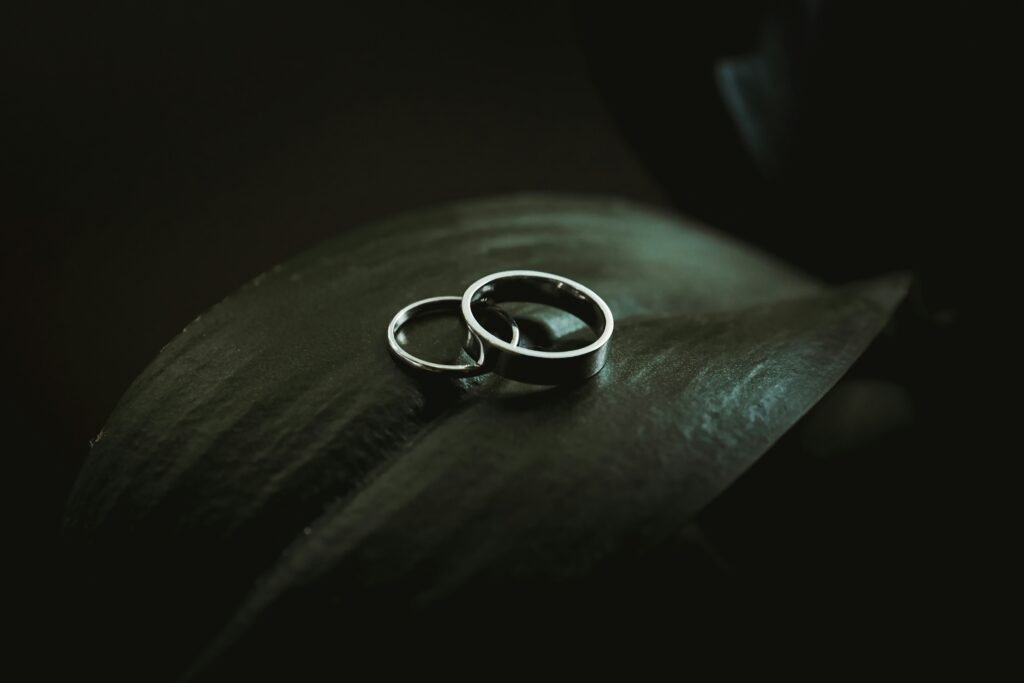
Key Takeaways for 2025 Applicants
- Double-check all form editions and instructions before filing applications — even minor paperwork errors can now cost you your chance.
- Prepare extensive evidence of a real, ongoing relationship. Start gathering financial records, joint leases, messages, travel documents, and third-party affidavits early.
- Take conditional status seriously. Mark your calendar—with the stricter environment, missing even a procedural step could be disastrous.
- Seek legal guidance if your circumstances are complex or you’ve faced any prior visa or immigration denials.
In short: Marrying a U.S. citizen in 2025 does not guarantee a green card. The process involves a two-year conditional period, multiple rounds of documentation, and close scrutiny to combat fraud. Real relationships, thorough preparation, and meticulous paperwork are essential to success in the new system.
Business
Google Accused Of Favoring White, Asian Staff As It Reaches $28 Million Deal That Excludes Black Workers

Google has tentatively agreed to a $28 million settlement in a California class‑action lawsuit alleging that white and Asian employees were routinely paid more and placed on faster career tracks than colleagues from other racial and ethnic backgrounds.
- A Santa Clara County Superior Court judge has granted preliminary approval, calling the deal “fair” and noting that it could cover more than 6,600 current and former Google workers employed in the state between 2018 and 2024.

How The Discrimination Claims Emerged
The lawsuit was brought by former Google employee Ana Cantu, who identifies as Mexican and racially Indigenous and worked in people operations and cloud departments for about seven years. Cantu alleges that despite strong performance, she remained stuck at the same level while white and Asian colleagues doing similar work received higher pay, higher “levels,” and more frequent promotions.
Cantu’s complaint claims that Latino, Indigenous, Native American, Native Hawaiian, Pacific Islander, and Alaska Native employees were systematically underpaid compared with white and Asian coworkers performing substantially similar roles. The suit also says employees who raised concerns about pay and leveling saw raises and promotions withheld, reinforcing what plaintiffs describe as a two‑tiered system inside the company.
Why Black Employees Were Left Out
Cantu’s legal team ultimately agreed to narrow the class to employees whose race and ethnicity were “most closely aligned” with hers, a condition that cleared the path to the current settlement.

The judge noted that Black employees were explicitly excluded from the settlement class after negotiations, meaning they will not share in the $28 million payout even though they were named in earlier versions of the case. Separate litigation on behalf of Black Google employees alleging racial bias in pay and promotions remains pending, leaving their claims to be resolved in a different forum.
What The Settlement Provides
Of the $28 million total, about $20.4 million is expected to be distributed to eligible class members after legal fees and penalties are deducted. Eligible workers include those in California who self‑identified as Hispanic, Latinx, Indigenous, Native American, American Indian, Native Hawaiian, Pacific Islander, and/or Alaska Native during the covered period.
Beyond cash payments, Google has also agreed to take steps aimed at addressing the alleged disparities, including reviewing pay and leveling practices for racial and ethnic gaps. The settlement still needs final court approval at a hearing scheduled for later this year, and affected employees will have a chance to opt out or object before any money is distributed.
H2: Google’s Response And The Broader Stakes
A Google spokesperson has said the company disputes the allegations but chose to settle in order to move forward, while reiterating its public commitment to fair pay, hiring, and advancement for all employees. The company has emphasized ongoing internal audits and equity initiatives, though plaintiffs argue those efforts did not prevent or correct the disparities outlined in the lawsuit.
For many observers, the exclusion of Black workers from the settlement highlights the legal and strategic complexities of class‑action discrimination cases, especially in large, diverse workplaces. The outcome of the remaining lawsuit brought on behalf of Black employees, alongside this $28 million deal, will help define how one of the world’s most powerful tech companies is held accountable for alleged racial inequities in pay and promotion.
Entertainment
What We Can Learn Inside 50 Cent’s Explosive Diddy Documentary: 5 Reasons You Should Watch
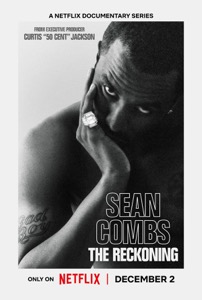
50 Cent’s new Netflix docuseries about Sean “Diddy” Combs is more than a headline-grabbing exposé; it is a meticulous breakdown of how power, celebrity, and silence can collide in the entertainment industry.
Across its episodes, the series traces Diddy’s rise, the allegations that followed him for years, and the shocking footage and testimonies now forcing a wider cultural reckoning.

1. It Chronicles Diddy’s Rise and Fall – And How Power Warps Reality
The docuseries follows Combs from hitmaker and business icon to a figure facing serious criminal conviction and public disgrace, mapping out decades of influence, branding, and behind-the-scenes behavior. Watching that arc shows how money, fame, and industry relationships can shield someone from scrutiny and delay accountability, even as disturbing accusations accumulate.

2. Never-Before-Seen Footage Shows How Narratives Are Managed
Exclusive footage of Diddy in private settings and in the tense days around his legal troubles reveals how carefully celebrity narratives are shaped, even in crisis.
Viewers can learn to question polished statements and recognize that what looks spontaneous in public is often the result of strategy, damage control, and legal calculation.
3. Survivors’ Stories Highlight Patterns of Abuse and Silence
Interviews with alleged victims, former staff, and industry insiders describe patterns of control, fear, and emotional or physical harm that were long whispered about but rarely aired in this detail. Their stories underline how difficult it is to speak out against a powerful figure, teaching viewers why many survivors delay disclosure and why consistent patterns across multiple accounts matter.
4. 50 Cent’s Approach Shows Storytelling as a Tool for Accountability
As executive producer, 50 Cent uses his reputation and platform to push a project that leans into uncomfortable truths rather than protecting industry relationships. The series demonstrates how documentary storytelling can challenge established power structures, elevate marginalized voices, and pressure institutions to respond when traditional systems have failed.
5. The Cultural Backlash Reveals How Society Handles Celebrity Accountability
Reactions to the doc—ranging from people calling it necessary and brave to others dismissing it as a vendetta or smear campaign—expose how emotionally invested audiences can be in defending or condemning a famous figure. Watching that debate unfold helps viewers see how fandom, nostalgia, and bias influence who is believed, and why conversations about “cancel culture” often mask deeper questions about justice and who is considered too powerful to fall.
Business
Luana Lopes Lara: How a 29‑Year‑Old Became the Youngest Self‑Made Woman Billionaire

At just 29, Luana Lopes Lara has taken a title that usually belongs to pop stars and consumer‑app founders.
Multiple business outlets now recognize her as the world’s youngest self‑made woman billionaire, after her company Kalshi hit an 11 billion dollar valuation in a new funding round.
That round, a 1 billion dollar Series E led by Paradigm with Sequoia Capital, Andreessen Horowitz, CapitalG and others participating, instantly pushed both co‑founders into the three‑comma club. Estimates place Luana’s personal stake at roughly 12 percent of Kalshi, valuing her net worth at about 1.3 billion dollars—wealth tied directly to equity she helped create rather than inheritance.

Kalshi itself is a big part of why her ascent matters.
Founded in 2019, the New York–based company runs a federally regulated prediction‑market exchange where users trade yes‑or‑no contracts on real‑world events, from inflation reports to elections and sports outcomes.
As of late 2025, the platform has reached around 50 billion dollars in annualized trading volume, a thousand‑fold jump from roughly 300 million the year before, according to figures cited in TechCrunch and other financial press. That hyper‑growth convinced investors that event contracts are more than a niche curiosity, and it is this conviction—expressed in billions of dollars of new capital—that turned Luana’s share of Kalshi into a billion‑dollar fortune almost overnight.
Her path to that point is unusually demanding even by founder standards. Luana grew up in Brazil and trained at the Bolshoi Theater School’s Brazilian campus, where reports say she spent up to 13 hours a day in class and rehearsal, competing for places in a program that accepts fewer than 3 percent of applicants. After a stint dancing professionally in Austria, she pivoted into academics, enrolling at the Massachusetts Institute of Technology to study computer science and mathematics and later completing a master’s in engineering.
During summers she interned at major firms including Bridgewater Associates and Citadel, gaining a front‑row view of how global macro traders constantly bet on future events—but without a simple, regulated way for ordinary people to do the same.

That realization shaped Kalshi’s founding thesis and ultimately her billionaire status. Together with co‑founder Tarek Mansour, whom she met at MIT, Luana spent years persuading lawyers and U.S. regulators that a fully legal event‑trading exchange could exist under commodities law. Reports say more than 60 law firms turned them down before one agreed to help, and the company then spent roughly three years in licensing discussions with the Commodity Futures Trading Commission before gaining approval. The payoff is visible in 2025’s numbers: an 11‑billion‑dollar valuation, a 1‑billion‑dollar fresh capital injection, and a founder’s stake that makes Luana Lopes Lara not just a compelling story but a data point in how fast wealth can now be created at the intersection of finance, regulation, and software.

 Entertainment2 weeks ago
Entertainment2 weeks agoWicked Sequel Disappoints Fans: Audience Verdict on For Good

 News3 weeks ago
News3 weeks agoYolanda Adams Questions Traditional Views on God’s Gender, Audience Reacts

 Entertainment2 weeks ago
Entertainment2 weeks agoAriana & Cynthia Say They’re in a ‘Non‑Demi Curious, Semi‑Binary’ Relationship… WTF Does That Even Mean?

 News3 weeks ago
News3 weeks agoEpstein Files to Be Declassified After Trump Order

 News4 weeks ago
News4 weeks agoTrump Throws Epstein Files at Clinton’s Door

 Entertainment4 weeks ago
Entertainment4 weeks agoAriana Grande’s Red Carpet: When Fans Forget Boundaries

 Entertainment3 weeks ago
Entertainment3 weeks agoHollywood’s Kiss or Miss Policy: Why Saying No Got Neal McDonough Blackballed

 Entertainment3 weeks ago
Entertainment3 weeks agoJimmy Cliff, Reggae Legend and Star of ‘The Harder They Come,’ Dies at 81













